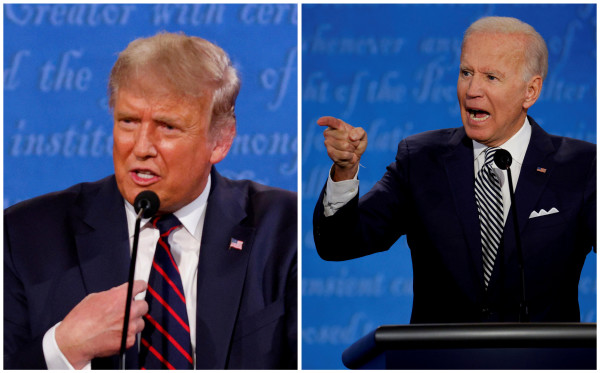

It became clear within the first few weeks of the coronavirus lockdown that we were entering an environment that would be highly disruptive to business models.
We made the decision to stick with our overweight equity position as the pandemic spread.
Not only were markets cheaper after the sell-off but we were reassured by (and did not underestimate) the sheer size of the internationally-coordinated monetary and fiscal response.
It was also clear that there would be winners and losers – and so we focused on areas that we believed would be more resilient in a post-Covid world.
Accordingly, we added to existing positions in technology and healthcare, which in our view were structurally more defensive. We also increased our exposure to gold and Japanese yen.
Almost five months on, markets have broadly stabilised and the question now on investors’ lips is, what next?
We are not out of the woods. The virus is still relatively new, not yet fully understood, and we don’t have a vaccine.
Second waves are now happening in Europe including in the UK.
As the recent tightening of restrictions highlight in specific areas of the world, be it Victoria in Australia or Bolton in England, you cannot rule out fears that governments will impose even greater restrictions.
This would have a huge impact on economic outlooks, earnings and stock markets.
It would be very bold for anyone to say, with conviction, what the future holds but, as investors, we can only focus on what is likely to change with a certain degree of confidence.
It is clear that debt, as a percentage of GDP, will be much higher in light of the vast size of the fiscal packages implemented across the world.
UK market fears
Here in the UK, the government was absolutely right to step in, but the reality is that we are facing debt levels not seen since the Second World War.
That has an implication for economic growth and for asset classes as well.
I strongly expect government and central bank monetary and fiscal policy to be supportive for a sustained period of time, therefore it is important that borrowing costs stay low.
That will mean low bond yields for longer.
We don’t believe inflation is a risk yet as the stimulus is simply there to prevent a deflationary depression.
It is something we need to keep an eye on though, particularly if the internationally-coordinated policy responses create a lot of excessive economic activity that could trigger inflationary pressures down the line, which would impact bond markets.
Meanwhile markets have to contend with another wave of political risk, in particular in the US with the upcoming election, and in the UK with the Brexit trade negotiations.
US outlook
In the US, much of the attention is focusing on whether the next US president is going to be Donald Trump or Joe Biden.
However, the key debate is whether the winner can achieve a majority in congress.
Joe Biden is currently in the lead according to opinion polls and bookmakers, but key will be whether he (or indeed Trump) can win with a majority in both the House of Representatives and the Senate.
In the Senate in particular it is set to be a close encounter.
If we look at the key policies from the candidates, a Trump government would seek to boost US growth via tax cuts and, depending on the extent of its majority, perhaps further deregulate the financial and energy sectors.
The US dollar could hold its value or strengthen eventually. The yield curve is likely to steepen in relative terms, providing some support to banks. But, with monetary policy capping interest rates, any rise in bond yields is likely to be quite small.
On the other hand, a Biden government plans a large ‘green’ infrastructure plan, with managed healthcare also expected to be an area of focus.
However, corporate taxes would increase – a direct hit to corporate earnings estimated to hit 2021 EPS by around 10 per cent.
As with a Trump government, Fed action is likely to moderate any rate rise, so any curve steepening (and any benefit for the banks) is likely to be limited.
Reform and regulation could negatively affect pharmaceuticals, the tech sector and financials although these reforms could be delayed amid a fragile Covid-19 recovery.
The long game
Given this backdrop, investors in the coming months will have plenty to deal with.
We find that investors typically over-emphasise the impact of such events and instead are better off staying the course and keeping a long-term focus.
Often, investors focus on high-level asset allocation decisions but simply having a spread of bonds and equities in your portfolio is not enough.
The nuances that underpin the strategy also count.
We continue to diversify risk across asset classes and diversify the sources of return within those asset classes.
As we enter the last throes of the summer, investors continue to face uncertainty from the Covid-19 outbreak, a fragile recovery and still will face new challenges triggered by the US presidential election result.
They will definitely need a balanced strategy. They’ll definitely need to be targeted within asset classes. And they’ll definitely need to be diversified.
Toby Vaughan is chief investment officer at Brown Shipley



